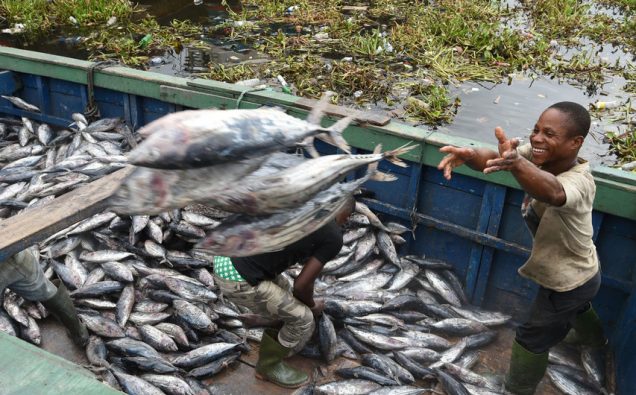
Fishing is not just fishing when it is poor man’s business of life.
It helps fight poverty, brings essential diet nutrients to the poor communities, and employs nearly 60 million people worldwide – 14 per cent of them women.
“The fisheries sector is crucial in meeting FAO’s goal of a world without hunger and malnutrition, and its contribution to economic growth and the fight against poverty, is growing,” says José Graziano da Silva, Director General of United Nations Food and Agriculture Organization (FAO).
The State of World Fisheries and Aquaculture (SOFIA) report says fish account for about 17 per cent of animal protein consumed around the world.
It provides around 3.2 billion people on earth with nearly 20 per cent of their animal protein needs.
Moreover, the UN says, fish represent a highly nutritious food that is especially helpful in counteracting important deficiencies in dietary intake.
According to the report, globally fish production will continue to grow over the next ten years even though the amount of fish being captured in the wild has levelled off and aquaculture is slowing down.
It says that by 2030, it’s estimated that fish production will grow to 201 million tonnes; an 18 per cent increase over the current production level of 171 million tonnes.
Global trends can mask the large contribution fish often make as part of the basic diet in poorer countries, however, a UN news release said.
For example, it says, in countries such as Bangladesh, Cambodia, Gambia, Sri Lanka and some small island development states, fish make up fifty per cent or more, of people’s protein intake.
“The sector is not without its challenges, however, including the need to reduce the percentage of fish stocks fished beyond biological sustainability,” Mr. da Silva continued.
In 2016, 90.9 million tonnes of fish were captured in the wild – a slight decrease of two million from 2015 – and aquaculture production (which entails farming aquatic organisms as well as managing ocean habitats and wild populations), reached 80 million tonnes, providing 53 per cent of all fish consumed by humans as food.
The amount of crustaceans, mollusks and other aquatic animals being consumed, is just over double the amount per person, back in the 1960s. FAO attributes this to increased aquaculture production, a sector that expanded rapidly during the 1980s and 1990s.
“Since 1961 the annual global growth in fish consumption has been twice as high as population growth,” said Mr. da Silva, highlighting again the importance of this to combating world hunger.

















